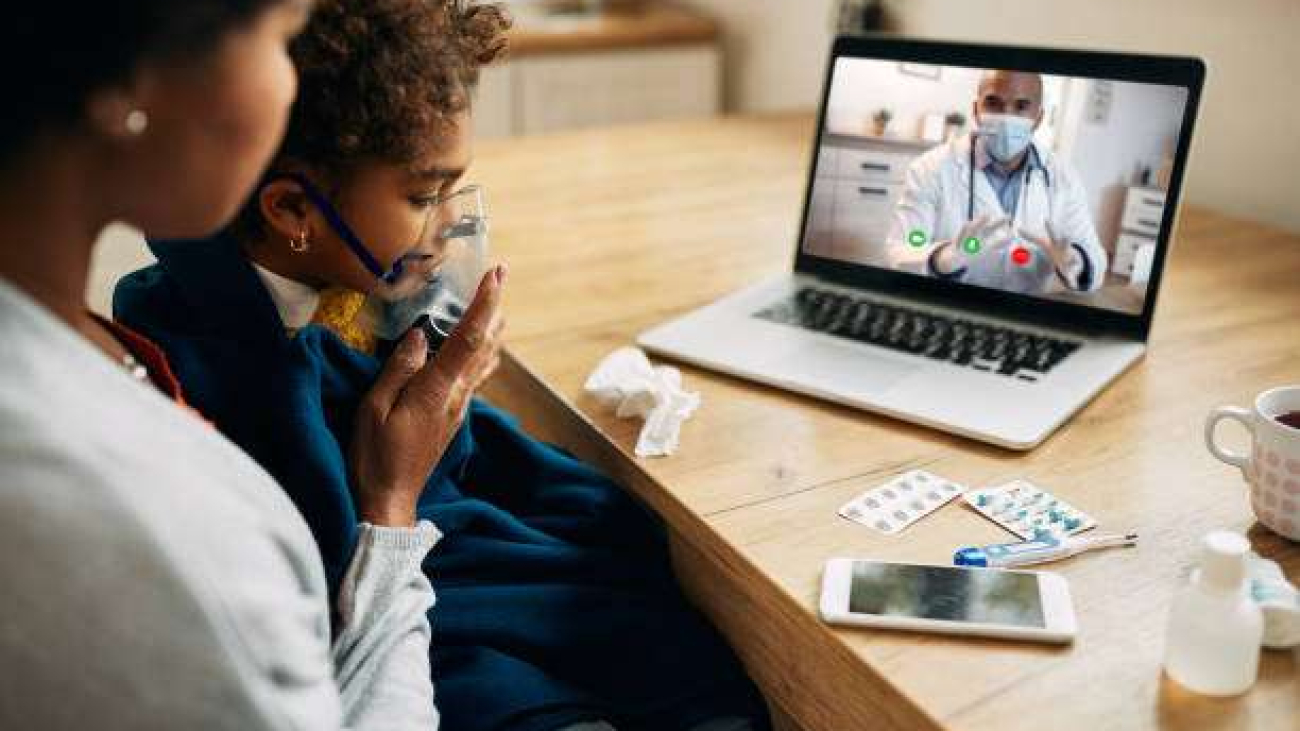Telehealth is the use of information and communication technology to provide health services virtually or at a distance.
Its impact has no doubt been greatly felt across the entire medical sector. Especially during the pandemic when both patients and doctors were forced to find an alternative to their physical visits to curb the spread of the COVID virus
The virtual world played a huge role in getting healthcare to people in those times and has been in use since then. For patients with dementia, telemedicine came into the picture as well and we’ll be exploring how in this article.
What Is Dementia?
Dementia is a general term for conditions in which memory and other thinking skills deteriorate to the point that someone can no longer manage their daily activities without assistance. The conditions usually affect older people, but are not a sign of aging.
If the memory and thinking problems are milder, so that the patient living independently is not affected, the condition is described as mild cognitive impairment (MCI).
Dementia is an umbrella term for all forms of conditions associated with memory loss, the most common of them being Alhelzeimer’s disease.
Disorders grouped under the general term “dementia” are caused by abnormal brain changes or damage to the brain cells’ ability to communicate with each other.
The symptoms include:
● Cognitive changes like,
-
Memory loss, which is usually noticed by someone else.
-
Difficulty communicating or finding words.
-
Difficulty with visual and spatial abilities, such as getting lost while driving.
-
Difficulty reasoning or problem-solving.
-
Difficulty handling complex tasks.
-
Difficulty with planning and organizing. E.g. trouble handling money responsibly and paying bills.
-
Difficulty with coordination and motor functions. For example, losing balance and having problems with movement.
-
Confusion and disorientation.
● Psychological changes like,
- Personality changes.
Depression and losing interest in normal daily activities or events.
- Anxiety.
-
Inappropriate behavior.
-
Paranoia.
-
Agitation.
- Hallucinations.
It’s important to see a doctor if you or a loved one has memory problems or of these other dementia symptoms. Dementia symptoms can also be caused by some treatable medical conditions so it’s important to get a diagnosis.
Role of Telehealth In Treating Dementia.
Using live, two-way video interactions and other virtual tools, assessment, diagnosis, and treatment of dementia have been made easier. This is achieved with the following healthcare services;
- Thorough virtual clinical assessments.
This is important for the detection of dementia as well as for organizing or changing treatment plans.
- Full memory and cognitive evaluations conducted virtually.
- Diagnostic labs and imaging studies of the brain, such as CT scans or MRI, are conducted locally but can be sent and accessed remotely.
- Continuous monitoring of disease progression through Remote Patient Monitoring (RPM). This is effective in preventing crises or emergency situations.
- Constant communication with primary care doctors to determine the best treatment options, regardless of location.
- Virtual education, support, and other resources for family members caring for dementia patients.
- Remote training and professional development for dementia care teams.
This helps them stay current on best practices while remaining in the clinic and available to patients.
- Home monitoring of persons living alone who have mild dementia.
Senior citizens with dementia living alone tend to forget to make appointments, talk more of attending them. With telehealth, they have a better chance at treatment and management through Remote Patient Monitoring.
- Interdisciplinary care.
With telehealth, it’s no longer just a linear patient-physician relationship. But care now involves other medical professionals, thereby lessening the burden on primary caregivers.
Benefits Of Telehealth For Older Adults.
● Accessibility.
Since dementia patients are elderly, hospital visits usually require a third party’s help and are usually a lot of hassle. The care providers on the other hand are not so readily available. But with telehealth, the patient and physician rift has been bridged with the concept of virtual care.
● Better outcomes.
As telehealth encourages collusion between the care team and interdisciplinary care, healthcare providers are able to construct or modify better treatment plans for dementia patients. Thus resulting in better overall patient wellness, physical health, energy level, emotions, memory, and social interaction, among others. It also eases the burden on caregivers.
● Makes chronic health management easier.
Apart from dementia, seniors living with other chronic diseases are able to live longer because their conditions are better managed with telehealth. Prescriptions are filled more easily, patients are thoroughly monitored and evaluated regularly.
● Fewer crisis situations.
With regular and proper caregiver education, crises happen less. Even when they do, the caregivers are equipped with the right know-how to manage them easily. And when they can’t, telehealth makes it easier for the primary healthcare providers to be contacted to give instructions.

What Are The Telehealth Challenges In Providing Telehealth To Older Adults?
It is true that virtual visits allow patients to easily see their provider without the distance barrier and traveling difficulties. However, most dementia patients are elderly and so find the technology strange, difficult to use, and not very trustworthy. Some even blatantly refuse to have anything other than physical evaluations and treatments.
Issues with physical challenges like hearing loss, and economic circumstances are also contributing factors. The presence and support of a caregiver can however help the telemedicine visit go smoothly.
Conclusion.
The use of telehealth in treating dementia is definitely here to stay.
It helps reduce the risk of developing negative mental health outcomes in patients. This usually happens because of a reduction in social contact as their cognitive functions decline.
It is also improving dementia symptom management and mental care. In addition, it allows health support in real-time, even at a distance, making medication adjustment possible when necessary. With technology becoming more popular amongst senior citizens, telehealth can soon become an option for everyone.
Author:
Ogboi Miracle Nwachukwu.
References.
● Telehealth Dementia Care- University of Mississippi Medical Center. https://www.umc.edu/Healthcare/Telehealth/Specialty%20Care/Telehealth%20Dementia%20Care.html
Accessed on 20th October 2022.
● “Dementia – Symptoms and causes – Mayo Clinic” https://www.mayoclinic.org/diseases-conditions/dementia/symptoms-causes/syc-20352013
Accessed on 20th October 2022.
● “How Telehealth is Improving Dementia Care – Dementia Alliance of North Carolina.” https://dementianc.org/how-telehealth-is-improving-dementia-care/
Accessed on 20th October 2022
